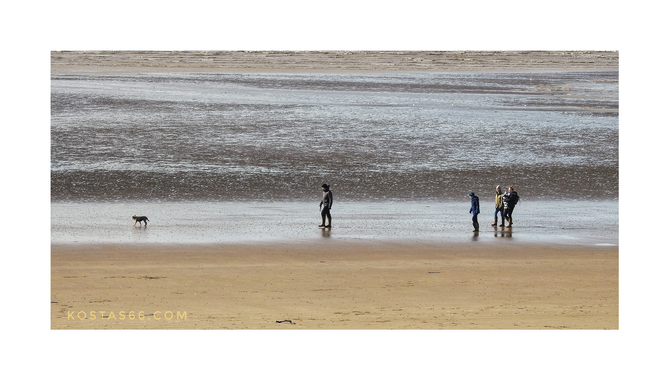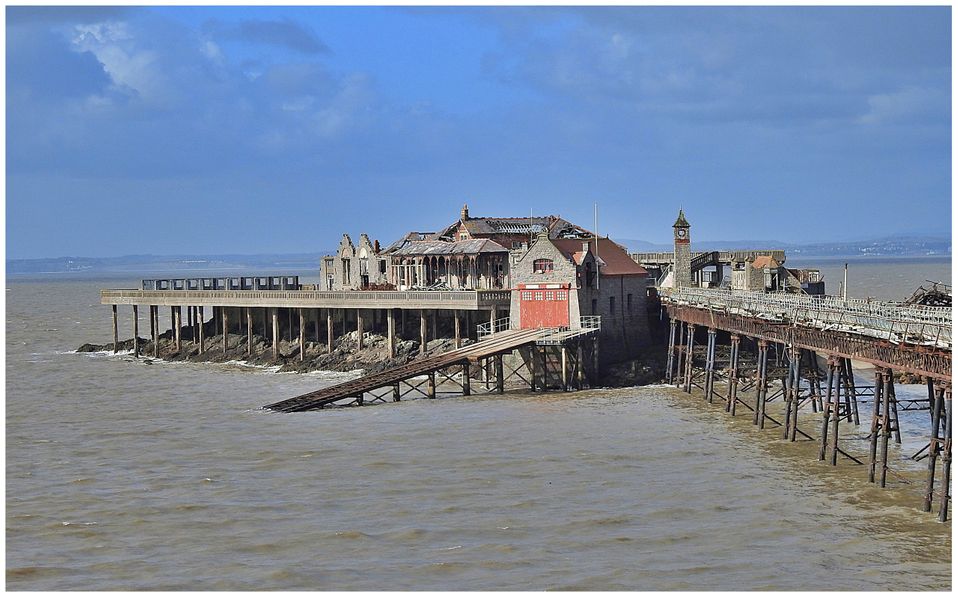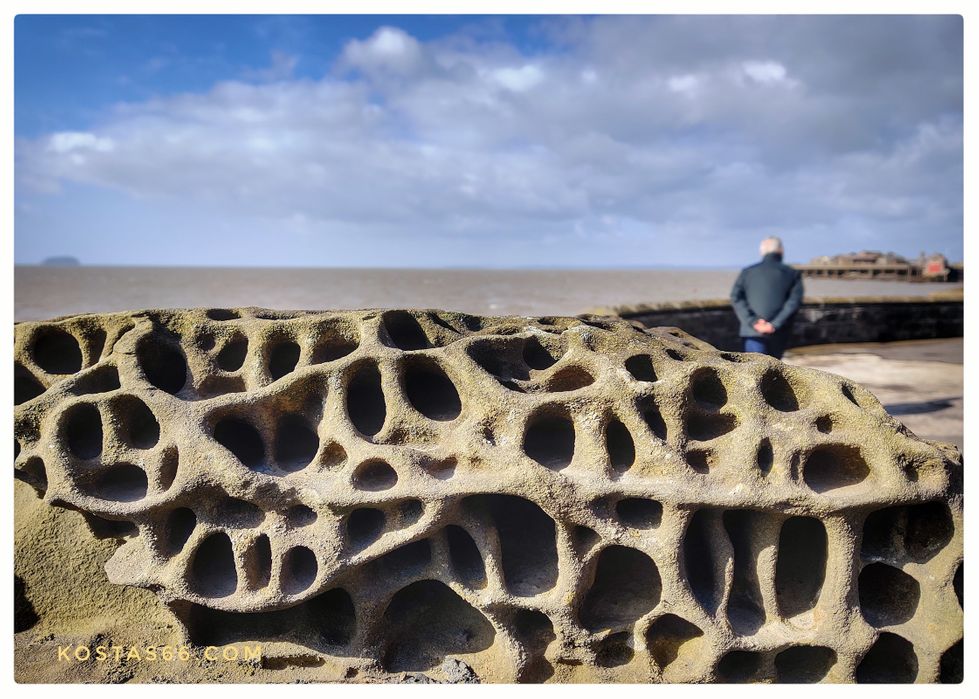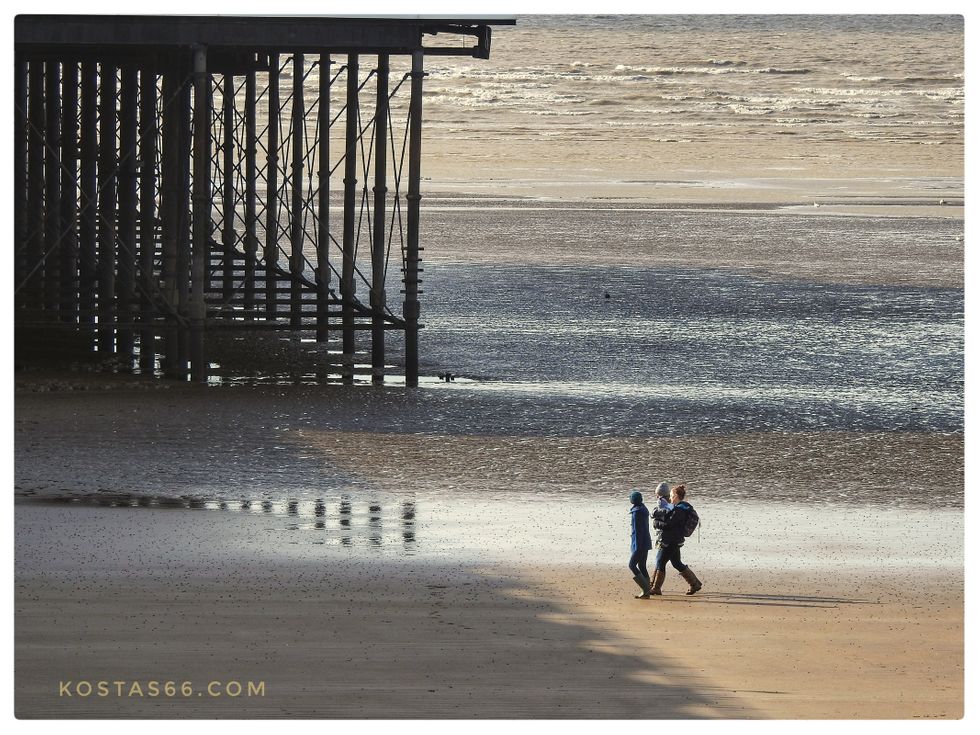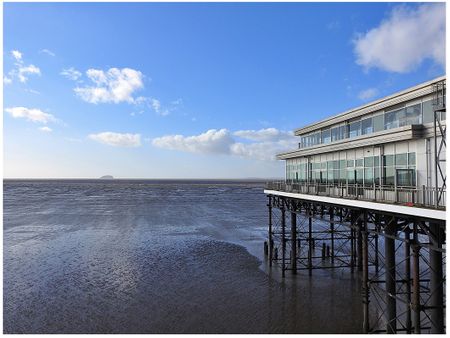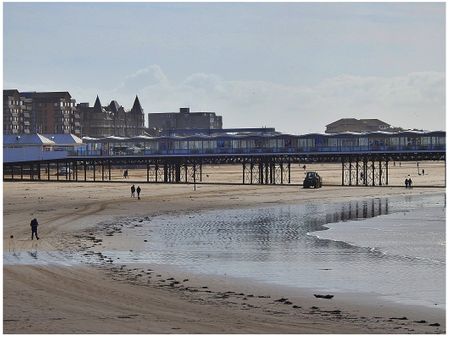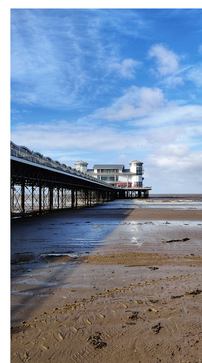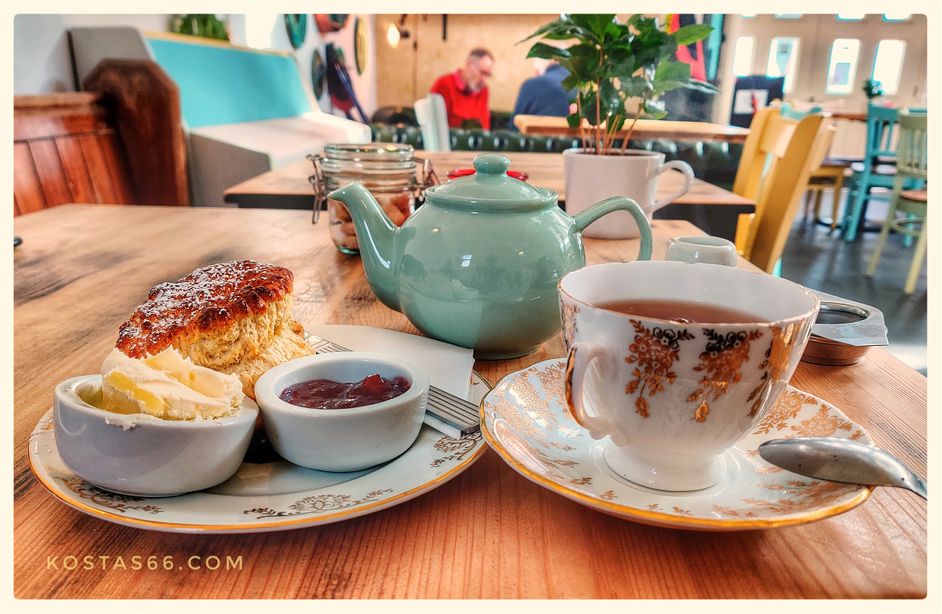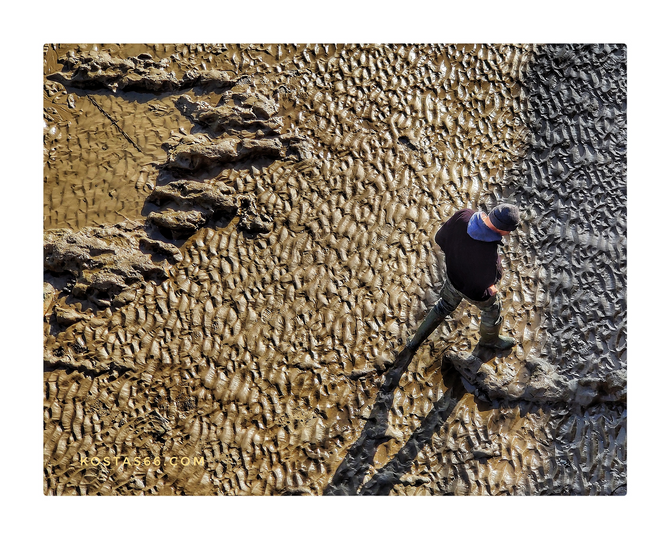Weston super Mare
in pictures
Weston-super-Mare, also known as just Weston, is very popular with tourists seaside town of Somerset, England, which lies by the Bristol Channel 29 km southwest of Bristol. It owes part of its popularity to the area's extreme tides, resulting in a spectacular water retreat during low tides.
Weston owes its growth and prosperity to the Victorian-era boom in seaside holidays. Early in the 19th century, Weston was a small village of about 30 houses located behind a line of dunes fronting the sea, which had been created as an early sea wall after the Bristol Channel floods of 1607. Construction of the first hotel in the village started in 1808; it was called "Reeves" (now part of the Royal Hotel). Weston benefited from its proximity to Bristol, Bath, and South Wales. The first attempt at an artificial harbor was made in the late 1820s at the islet of Knightstone, and a slipway was built from Anchor Head towards Birnbeck Island.
With the opening of the railway in 1841, thousands of visitors came to the town from Bristol, the Midlands and further afield, on works outings and bank holidays. Mining families also came across the Bristol Channel from South Wales by paddle steamer.
To cater to them, Birnbeck Pier was completed in 1867, offering in its heyday amusement arcades, tea rooms, amusement rides, and a photographic studio. It is the only pier in the country that links the mainland to an island, the rocky Birnbeck Island. The pier closed in 1994, and it is now in a derelict state, but visitors can still admire its structure from behind the barbed wire.
Birnbeck Pier.
Birnbeck Pier seen from Birnbeck Road.
As many visitors arriving on the steamers never left the pier and Birnbeck Island, local traders, unhappy that visitors were not coming as far as the center of the town, built a new pier closer to the main streets. Opened in 1904 and known as the Grand Pier, it was designed to be 2.4 km long. The pier's pavilion was destroyed by fire on two occasions, in 1930 and 2008. The current pavilion opened in 2010.
Under the Grand Pier at low tide.
Tiffanys Restaurant at the western tip of Grand Pier's pavilion. Steep Holm island at the background.
Grand Pier.
The third Victorian-era attraction, which completes the "seaside front trio" of the town, is Knightstone Island, connected to the shore with a granite causeway. Bath facilities and a seawater pool were built already from the mid-19th century. But the 1902 opening of the Pavilion, which included refreshment rooms, a reading room, a billiard room, and a theatre, gave rise to the island as a popular attraction. By the 1970s, Knightstone Pavilion struggled financially, finally closing in 1991. In 2007 the whole island was redeveloped. The Bath House and front section of the Pavilion's ground floor were converted into commercial premises. The rest of the Pavilion and the swimming pool were converted into homes, and two new apartment blocks were built on the island.
Dr Fox's Tearoom on Knightstone Island.

